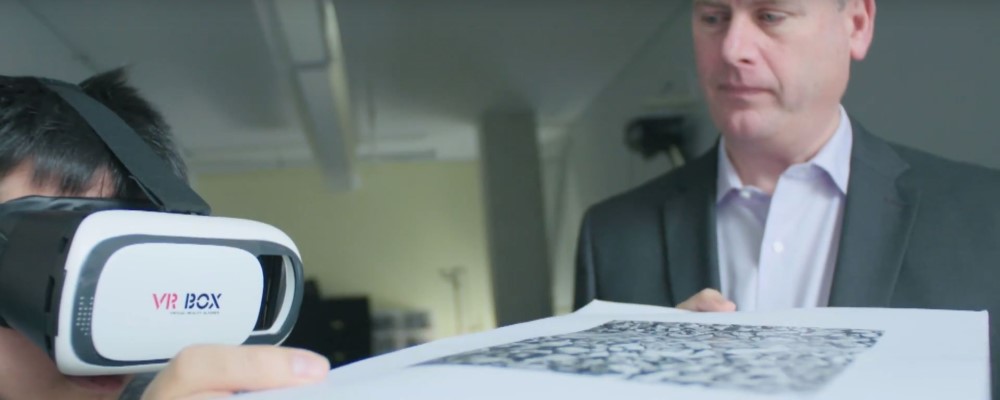
Virtual reality is a new way to watch, but technology isn't enough, says one expert. We also need fresh approaches to make it compelling.
“The lines between reality and virtual reality will become increasingly blurred. I think technology is steamrolling ahead. The technical advances are going to be there. It’s really up to us to see what we’re going to be able to do with them.”
Robert Allison is a professor of computer science and engineering at York University’s Vision Science to Applications (VISTA) program. He doesn’t just work on new ways to display visual information; he also works to understand the human experience of using new technologies like virtual reality (VR) so that they feel seamless, both for content creators and for users.
One of the interesting things about vision, says Allison, is that the images of the world that are projected onto the light-sensitive retinas in our eyes are, in a sense, impoverished. They’re flat projections that need to be built up in our brains so that we can perceive more about the world around us in order to know how we relate to it and how to act within it. And as we move, our surroundings also move in our visual field.

